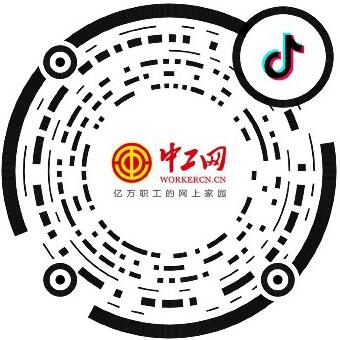Original title: News 1+1 | What are the highlights of digital transformation? Interpretation of new policies for smart cities →
In 2014, China's first authoritative document to comprehensively deploy the construction of smart cities was issued. Ten years later, another guidance was issued, which attracted media attention. Why promote the whole area digital transformation of cities? How to make smart city operation more sustainable? News 1+1 tonight connects Cui Ying, director of the Institute of Industry and Planning, Digital Twin and Urban Digitization Research Department of the China Academy of Information and Communications, and Ma Chaojiang, director of the Information Development Policy Division of the Ministry of Information and Industry Development of the National Information Center, Common concern: what kind of digitalization is needed for smart cities?
After ten years, how do you view the formulation and promulgation of another document?
Cui Ying, Institute of Industry and Planning, China Academy of Information and Communications: I think about it from two perspectives.
Historical perspective. The documents released this time are actually in response to two major waves. The first wave is the wave of our urbanization development. In 2014, our country's urbanization rate was about 55.7%. By 2024, our urbanization rate will reach 66.2%, entering the middle and later stages of urbanization development. The other is the digital wave. Ten years ago, the proportion of digital economy in GDP was 25.1%. This year, the proportion of digital economy has reached 43.5%. The second perspective is the problem oriented perspective. This document was released in 2014 mainly to solve the problem of lack of top-level design in the construction of smart cities at that time. By 2024, our current smart city construction will face different problems, so we need new documents to solve these new problems.
How to make people feel more secure, happy and secure?
Cui Ying, Institute of Industry and Planning, China Academy of Information and Communications: A big problem facing smart city development is the gap between the expectations of the masses. At present, there are still some problems in the balance of regions, people and fields in the construction of smart cities. So in the coming years, the decisive factor for the success of smart city construction is whether the people and the masses are satisfied, which also determines the success or failure of smart city construction in the future. It is expected that by 2030, there will be many smart city scenarios that people will enjoy more.
How can local governments avoid homogeneous development in the global digital transformation?
Ma Chaojiang, Director of the Informatization Development Policy Division of the Ministry of Informatization and Industrial Development of the National Information Center: To avoid homogenization is not to avoid it, but to adapt to local conditions. Each city should also find a development orientation and path suitable for its own city.
① Need analysis of digital transformation of the city itself Different cities have different resource endowments and different locations, industries, development bases and strategic orientations. Therefore, in order to play the key role of digital technology data elements, we must find out the bottleneck and correctness of this city, so as to truly play the role of digital transformation.
② From the perspective of top-level design and grass-roots innovation In the promotion of smart cities, more innovation space and more trial and error opportunities need to be given to grassroots cities to allow them to force and drive digital reform based on real needs, and form a perceptible typical digital scene. Create some scenes and incisions that are effective in actual combat, loved by grassroots cadres, and felt easy to use by the masses.
How to solve the old problem of "focusing on construction and ignoring operation"?
Ma Chaojiang, Director of the Informatization Development Policy Division of the Ministry of Informatization and Industrial Development of the National Information Center: In fact, this is a "always on the road" problem, and the key points that may be challenged at different stages are also different. "Focus on construction, light on operation". If we do not operate well, we will not use it well, and it will be difficult to produce results. Therefore, in terms of the mechanism of project investment management, construction and operation, including the construction cycle of the whole project, our government involves the rights and responsibilities of different subjects, and needs to have some better institutional design arrangements to solve the long-term problem.


















